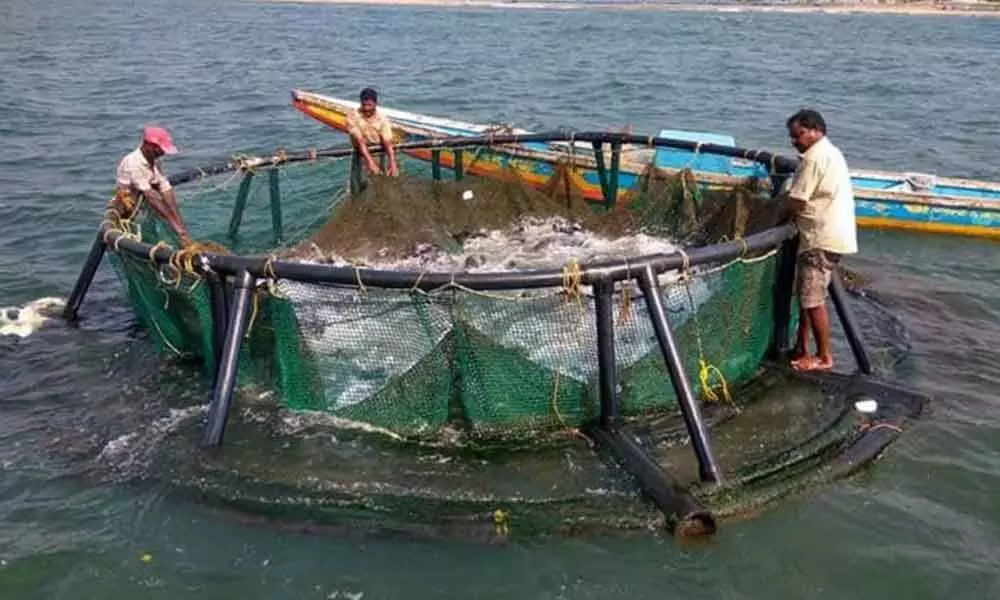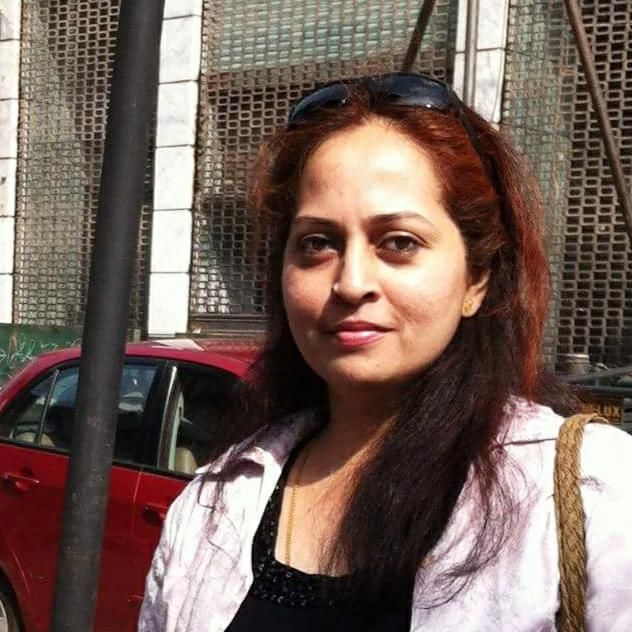Visakhapatnam: Cage culture to promote fish production in a big way

The demand for Indian pompano rises across the country. CMFRI focusing on boosting fish production through cage culture. About four high-density polyethylene cages have been stocked with the fingerlings of Indian pompano -- 2,500 in two cages and 3,000 in the rest. Survival rate of fish through cage farming is more than 95 percent
Visakhapatnam: With the demand for Indian pompano increasing in several parts of the country, ICAR-Central Marine Fisheries Research Institute (CMFRI) is focusing on boosting fish production through cage culture.
Though cage farming began in 2007, the aquaculture production system has picked up pace over the years as it fetches substantial returns in the domestic market, says Shubhadeep Ghosh, Principal Scientist, Visakhapatnam Regional Centre, CMFRI.
About four high-density polyethylene cages have been stocked with the fingerlings of Indian pompano -- 2,500 in two cages and 3,000 in the rest. "These fingerlings will be placed in cages and provided feed comprising 40 percent protein and 10 percent fat till they mature. This protein-fat ratio is ideal for Indian pompano," explains the Principal Scientist, adding that the survival rate through cage farming is more than 95 percent. Elaborating the advantages of cage culture over pond culture, Ghosh says that the quality of fish through cage culture is optimum and the stocking density is also pretty high. "Moreover, incidence of the fish getting affected with any disease is comparatively far less in cage culture. Farmers who do not own any land can also take up cage culture as the method is suitable for them," he adds.
When compared to Kerala, Karnataka, Maharashtra, Goa and Tamil Nadu, Ghosh observes that Andhra Pradesh is lagging behind in promoting cage culture. "This is largely due to the absence of quality seeds of finfish used for cage culture. However, efforts are on to overcome this challenge through improved seed production technology," the Principal Scientist told The Hans India.
Earlier, seeds for sea bass fish were available in plenty. Five years later, seeds for cobia, silver and Indian pompano and orange-spotted grouper have been made available throughout the year. The demand for Indian pompano has grown by leaps and bounds as they are rich in omega-3 fatty acid.

















